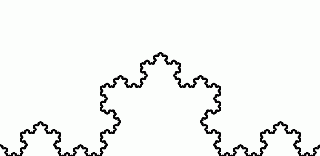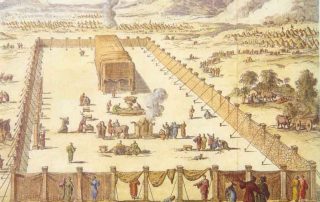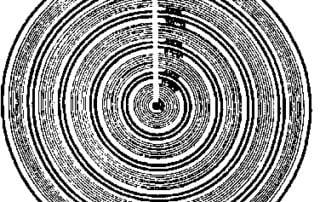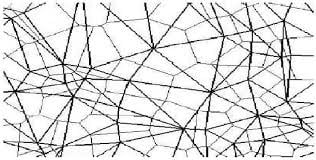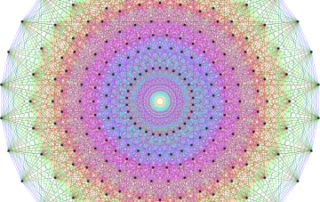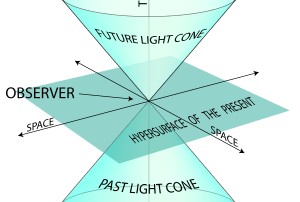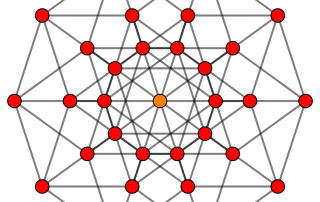Shemini,Phase Space,Hamiltonian Mechanics: Kabbalah and Physics of Seven and Eight
By Alexander Poltorak Abstract The Torah portion of Shemini records the climactic eighth day of the Tabernacle’s dedication, the moment when divine fire finally descends. Classical commentators see in the contrast between the first seven days and the eighth the difference between the natural and the supra‑natural. This essay revisits that symbolism from the standpoint of contemporary physics. First, it reassesses the traditional link between seven and the “natural order.” Second, it proposes that the six spatial–momentum coordinates of classical phase space, together with time, provide a more precise physical analogue for the seven midot than the usual six directions of space plus a temporal axis. Finally, it explores an unexpected resonance between the Hamiltonian action integral and the Tetragrammaton, suggesting that the principle of stationary action mirrors the scriptural affirmation, “For I Y‑H‑W‑H do [...]




